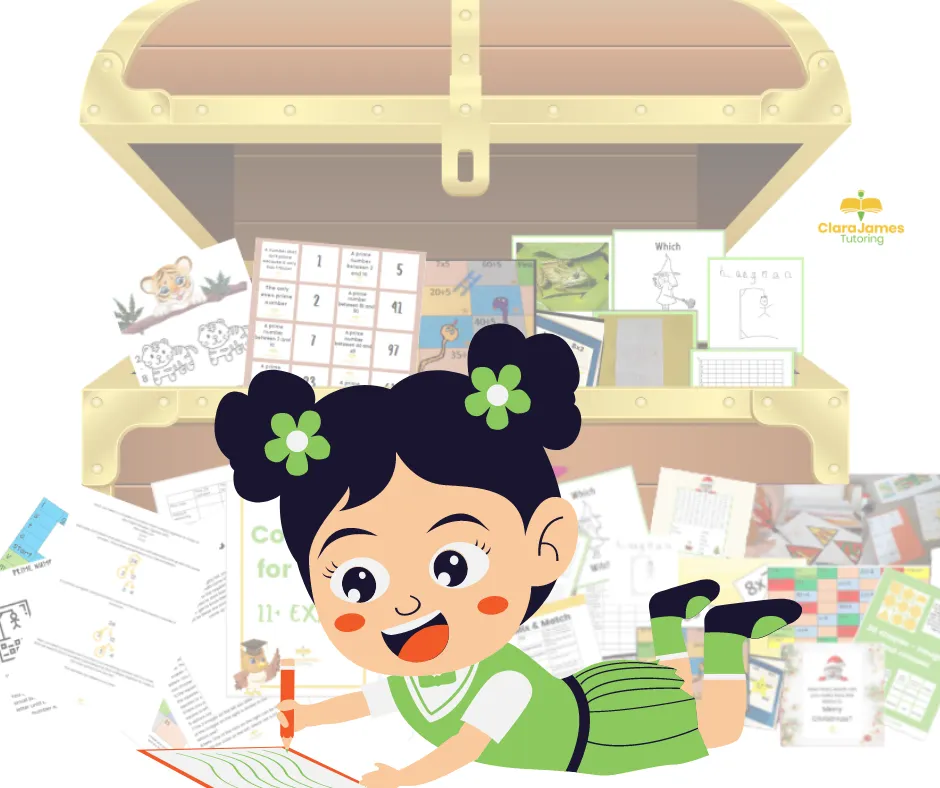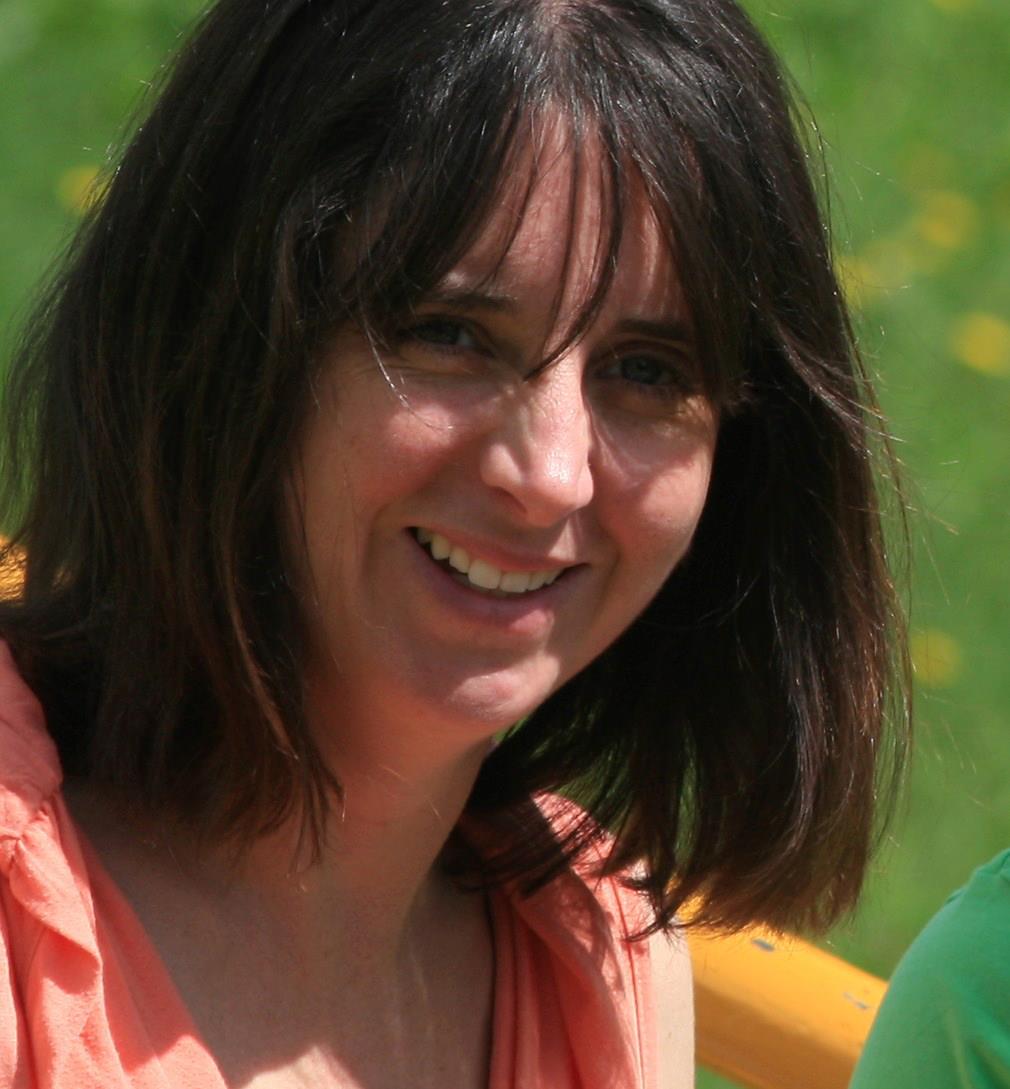
What age group of academic level are the resources aimed at?
What age group or academic levels does the membership cater to?
The Clara James Approach is primarily aimed at children of primary age, typically 5-11 years old. However, it can also be a helpful resource for those in the early years of secondary school who may benefit from strengthening foundational skills.
The membership includes a wide range of resources covering essential topics such as phonics, times tables, an introduction to algebra, and negative numbers, as well as language skills like suffixes, prefixes, and homophones.
In addition to academic resources, the Clara James Approach offers a short course on understanding dyslexia to help parents better support their children’s learning needs.
We also feature themed resources, like beach and jungle activities, which include fun, hands-on crafts to make learning even more engaging beyond board games.
With over 50 resource bundles currently available, and a new one added every month, there’s always something fresh to explore. And if there’s ever a specific resource you’d like to see, just let us know—we’ll do our best to include it for you.

I hope this gives you a good sense of what the Clara James Approach has to offer. For more information, [click here].
